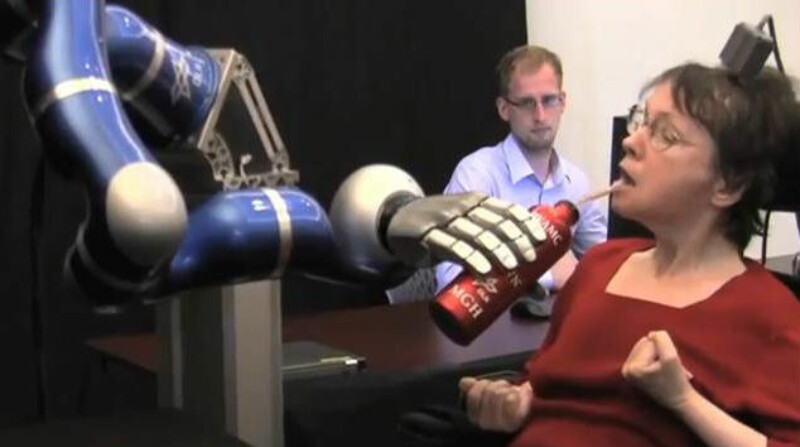The Next Big Thing – Nothing?
I am just back from Dubai, having given a talk at the Arabian Travel Market on Latest Technology Trends. One thing I like to do now and then is to take a long view on where technology is heading and I am thinking, in particular, of what I call consumer access technology. This is electronic technology that provides communications and access to information and services. I am also an iphone owner so, like all the others, we are very excited about what might be Apples Next Big Thing. It certainly needs to be more thrilling than the rather under-whelming iphone 5.
Since Samuel Morse demonstrated in 1835 that electrical signals could be transmitted by wire, consumer access technology has transformed our lives. Some of the developments that have taken place just within our lifetimes would have been completely unthinkable a generation or so earlier. I am thinking back to the developments that have arrived in my few, short years on this planet. For example, are you old enough to remember when all telephones had cords? The first cordless phones were a revelation. Colour television, video recorders, fax machines, personal computers, satellite television, mobile phones, laptops, satellite navigation, the internet – it is an impressive list of technology and I am sure there are a few items that I have completely forgotten about. (Do let me know what they are.)
There are a few discernible patterns to the introduction of new technology. Firstly, the pace of technological development is ever-accelerating. Think back to the 1950s, 60s, 70s, new inventions would be introduced into the marketplace at what would be considered a snail’s pace today. In the 21st century, new inventions are launched thick and fast; so fast in fact that I wonder whether the human race may one day no longer be able to keep up and may just become over-whelmed by technology.
Secondly, let’s look at the very latest consumer access technology. There seems to be a growing trend for wearable devices. There is Google Glass. This is its eyewear that incorporates mobile communications, a camera, microphone, speaker and a small monitor that places information within your line of vision. These devices are on limited release with the first batch of 2,000 being made available to customers at $1500. Google Glass was in the news last week as it is being banned by a café in Seattle whose owner cites that the device, with its camera and microphone give it the potential for covert recording, so is an invasion of his customers’ privacy.
Then there is a growing trend towards smart watches. These are devices that may maintain a Bluetooth connection with your mobile, allowing you to view messages and interact with other information without having to make the effort of removing your mobile from you pocket. I think this will be Apple’s next big thing.
The final piece in my jigsaw on where consumer access technology might be heading fell into place when I was preparing my presentation for Arabian Travel Market. I came across a remarkable video. This shows a quadriplegic woman in a wheelchair who has no movement in her limbs whatsoever. Scientists have planted a computer chip in her brain. This is a sensor that can pick up her brain patterns. She has trained herself to use this to communicate with a mechanical arm. The video shows her in training moving the arm around to try to clutch balls set on sticks. The highlight, though, is when she manages to pick up a flask of coffee by controlling the mechanical arm and bring this close enough to her mouth, tilting it so that she can use a straw to help herself to a drink. The smile on her face after achieving this is a fantastic sight to see.
This brings me to my prediction for the next big leap in technology – nothing. I genuinely believe that it can only be a matter of time, say one generation, when we will interact with our consumer access technology without having to hold or look at any external devices at all. We will have the technology inserted into us and connected so that we will be able to communicate, see information, use online services just by thinking about them. There will be nothing to hold or look at. The generation that grows up with this technology will find it hilarious that humans once had to hold devices, use touch screens, keyboards and mice. The will wonder how on earth we managed this at the same time as holding a drink or carrying the shopping.
Does this sound ridiculous to you? Well, would the Internet or satellite navigation have sounded ridiculous back in the 1950s? I think it is the logical conclusion of where miniaturisation and wearable technology is taking us and I am inspired by one lady having a drink of coffee. Do you agree that nothing might be the next big thing?
